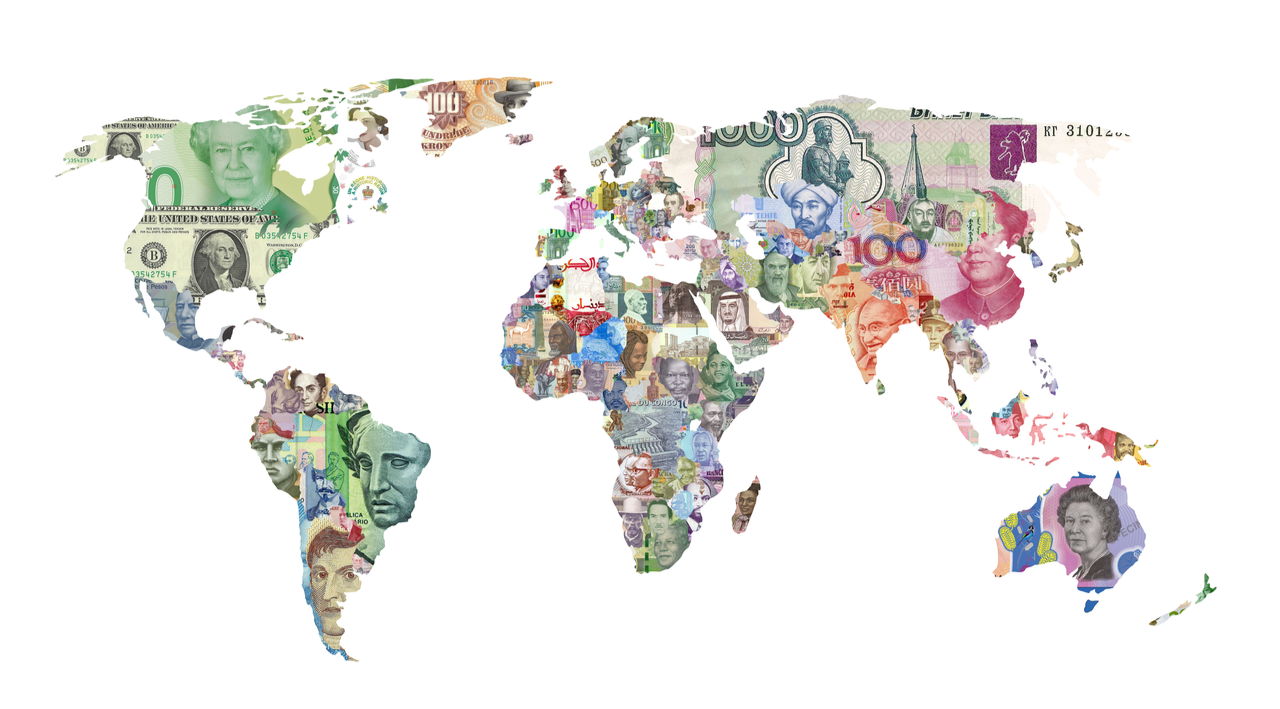Many Chinese customers shop for their favorite luxury brands based on the lowest prices they can find. They watch currency fluctuations carefully to see if one region happens to have a value dip (like when the U.K. announced it was leaving the EU, for example) and then travel to that country specifically to buy luxury products.
With Chinese luxury spending accounting for approximately one-third of the global luxury market and millennials now comprising around 30 percent of China’s population, the price variance between China and Europe or other countries in APAC must be carefully monitored by luxury brands when they define their pricing strategies.
That’s when they look to price benchmarking: one of several solutions used by brands, especially from the luxury industry, to analyze price positioning. “Price benchmarking enables premium and luxury brands to adapt their price strategy according to ongoing market developments such as what we see with the decrease in VAT in China,” says Carole Vienne, Managing Director of Wisely Insights, about this popular strategy.
A couple of years ago, when the China prices were 30 percent higher than in Europe, Chinese travelers could save a lot of money by purchasing handbags in France after having their tax refunded. But in mid-2018, that gap started to narrow when the Chinese Government decreased the value-added tax (VAT) from 17 percent to 16 percent. Those VAT rates went into effect on May 1, 2018, and many brands lowered their prices accordingly (further adjusting because of a weak Chinese Yuan against the Euro).
Because of these developments, some brands have decided to harmonize their prices on key products across the world in order to avoid grey market selling or the 'daigou' phenomenon. Chanel was the first brand to harmonize their prices on three key handbag models, followed later by Cartier, Burberry, and Patek Philippe.
By decreasing the VAT, the Chinese Government’s objective was to boost their economy by encouraging consumers to purchase locally. This year, Premier Li Keqiang announced the updated China policy agenda for 2019 in his annual Work Report in March, and once again, China’s VAT rates went down — this time from 16 percent to 13 percent, going into effect on April 1st. Luxury brands are monitoring this closely, and most of them have adjusted their own pricing in China and other key markets.
When a luxury brand defines its pricing strategy, finding the right balance between exclusivity and availability is essential. But the brand's ability to be responsive amidst currency fluctuations and to be aware of competitors' pricing is equally critical. Brands must be consistent with their price strategies since customers — particularly millennials, who demand trust and transparency with pricing — are now able to compare prices globally.
Price benchmarking also helps premium and luxury brands gain in-depth analysis of how the market and competitors’ prices shift over time, as well as to whether their own pricing strategies remain consistent across all relevant categories and geographical locations. Because of this, price benchmarking has quickly become an invaluable tool for luxury brands around the world.

